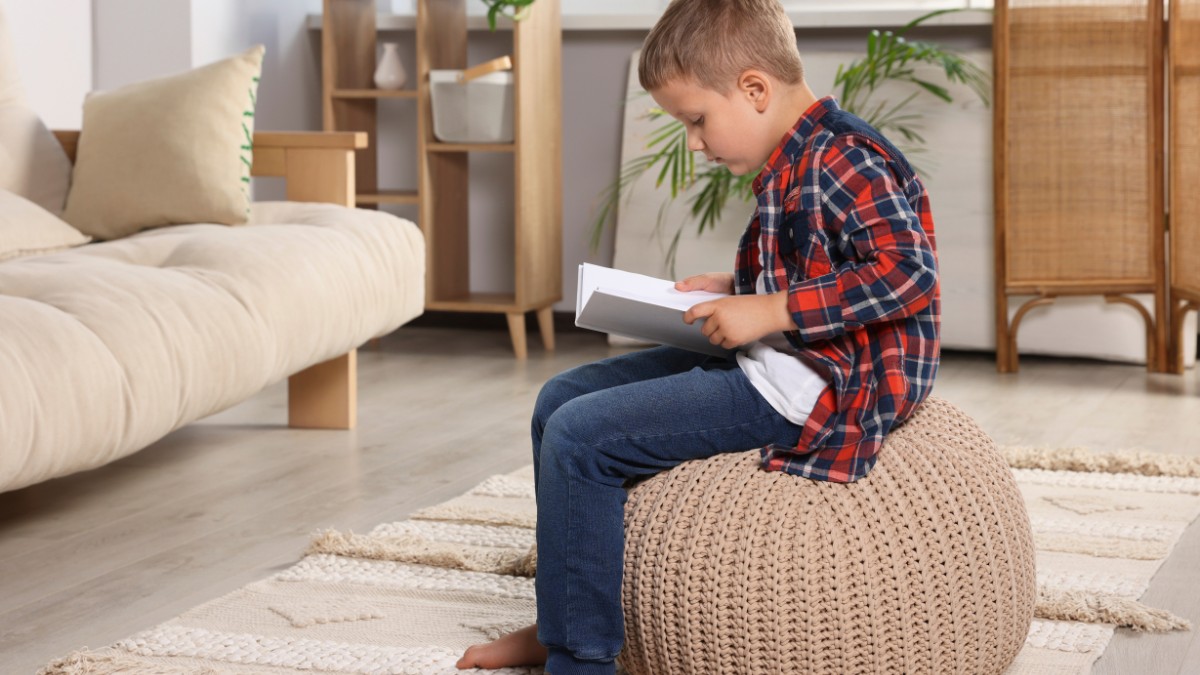Low Muscle Tone in Autism: Causes, Effects & Therapies

Key Points:
- Low muscle tone is a common condition among individuals with autism, particularly in children and adults, affecting motor skills and overall physical activity.
- The condition can impact daily living tasks, posture, and coordination, but various therapies and interventions can help.
- Applied Behavior Analysis (ABA) therapy can support individuals with autism by addressing behavioral challenges related to physical activities and motor skill development.
Understanding Low Muscle Tone in Autism
Low muscle tone, or hypotonia, is a common but often under-discussed issue affecting individuals with autism. Studies suggest that up to 51% of individuals with autism exhibit some degree of low muscle tone. This condition can significantly impact daily activities, from walking and sitting to fine motor skills like writing or holding objects.
In this article, we will explore the causes, effects, and effective therapies for addressing low muscle tone in autism, providing parents and caregivers with actionable insights.
What Is Low Muscle Tone in Autism?
Low muscle tone in autism refers to reduced muscle tension that affects posture, movement, and coordination. It does not necessarily indicate muscle weakness but rather a lack of firmness or elasticity in the muscles. As a result, individuals may tire quickly or appear floppy.
This condition can manifest in varying degrees, from mild difficulties with balance to severe challenges that require therapeutic intervention. Importantly, low muscle tone often coexists with other motor challenges like poor coordination or delayed physical milestones.
What Causes Low Muscle Tone in Autism?
The exact causes of low muscle tone in autism are not fully understood, but several factors are thought to contribute:
- Neurological Differences: Autism is a neurodevelopmental disorder, and differences in brain function can affect muscle control and coordination.
- Sensory Processing Issues: Many individuals with autism experience sensory processing difficulties, which can influence motor planning and body awareness.
- Genetic Links: Certain genetic conditions associated with autism, such as Down syndrome or Fragile X syndrome, may also predispose individuals to hypotonia.
Understanding these underlying causes can help tailor therapies and interventions for better outcomes.
Effects of Low Muscle Tone in Autism
Low muscle tone can impact various aspects of life, including:
- Physical Development: Delayed milestones such as crawling, walking, or running.
- Posture and Stability: Difficulty maintaining upright posture, leading to slouching or reliance on support.
- Daily Activities: Challenges with tasks like dressing, writing, or using utensils due to poor fine motor skills.
- Fatigue: Increased effort needed for physical tasks, leading to quicker exhaustion.
- Social Interaction: Limited participation in physical play or sports can affect social integration.
Addressing these effects requires a holistic approach, incorporating physical, emotional, and social support.
How Does Low Muscle Tone Affect Autism in Adults?
While much focus is placed on children, low muscle tone autism adults also face unique challenges. In adults, the condition can manifest as:
- Chronic Fatigue: Everyday tasks require more energy, leading to persistent fatigue.
- Workplace Limitations: Jobs involving physical activity may be harder to sustain.
- Postural Issues: Poor posture can lead to discomfort or long-term musculoskeletal problems.
Fortunately, therapies and interventions tailored to adults can help manage these challenges effectively.
Therapies for Low Muscle Tone in Autism
Intervening early and consistently can improve outcomes for individuals with low muscle tone. Here are some effective approaches:
1. Physical Therapy (PT)
Physical therapists design exercises to:
- Strengthen muscles.
- Improve balance and coordination.
- Enhance posture and stability.
Specific activities might include:
- Core-strengthening exercises like planks or sit-ups.
- Balance training using tools like stability balls.
- Stretching routines to improve flexibility.
2. Occupational Therapy (OT)
Occupational therapists focus on improving fine motor skills and daily living tasks, such as:
- Writing and drawing.
- Using utensils or zippers.
- Practicing self-care routines like brushing teeth or combing hair.
3. Speech Therapy
For individuals with low muscle tone affecting facial muscles, speech therapy can help improve:
- Articulation and clarity.
- Oral-motor strength for eating and speaking.
4. Applied Behavior Analysis (ABA) Therapy
While ABA therapy primarily focuses on behavioral aspects, it can also support motor skill development by:
- Reinforcing participation in physical activities.
- Encouraging consistent practice of targeted motor skills.
- Breaking tasks into manageable steps for better mastery.
5. Recreational Activities
Engaging in fun, low-pressure activities like swimming, yoga, or dance can:
- Build muscle strength naturally.
- Improve confidence in physical abilities.
- Provide a social outlet.
How Parents Can Support at Home
Parents play a crucial role in managing low muscle tone in autism. Here’s how:
Encourage Physical Play: Activities like climbing, jumping, or riding a bike can strengthen muscles while being enjoyable.
Create a Supportive Environment: Use adaptive tools like pencil grips or weighted vests.
Promote Healthy Habits: Ensure a balanced diet and sufficient hydration to support muscle function.
Can Low Muscle Tone Improve Over Time?
Yes, with the right interventions and consistent practice, individuals with autism can see significant improvements in muscle tone and motor skills. Early diagnosis and tailored therapies are key to achieving the best outcomes.
Empower Growth with Acclimate ABA
At Acclimate ABA, we understand the unique challenges faced by individuals with autism, including low muscle tone. Our team of dedicated professionals uses evidence-based ABA therapy to support motor skill development and enhance quality of life.
Contact us today to learn how our ABA therapy services in Utah can make a difference for your loved one. Let’s work together to build a brighter future.


